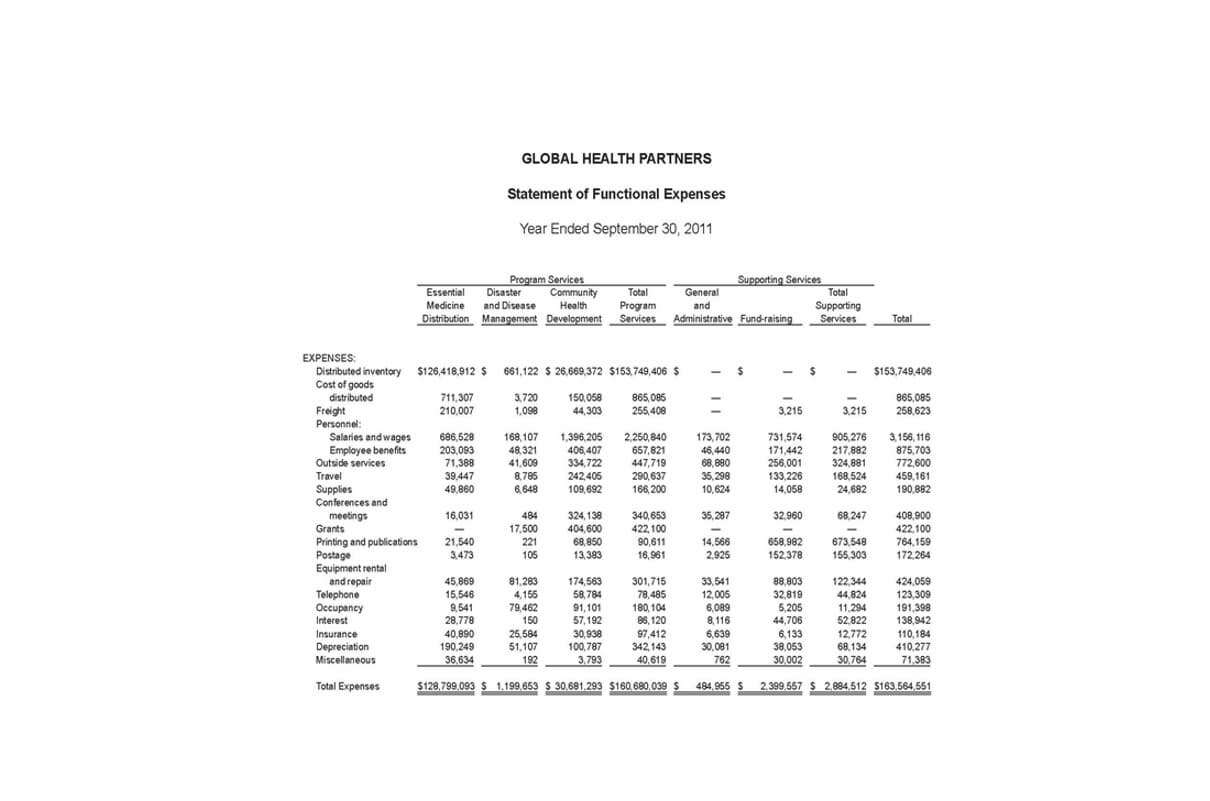
This is by no means an exhaustive list of the business valuation methods in use today. Other methods include replacement value, breakup value, asset-based valuation, and still many more. Sales revenue apart, founders basic business valuation formula are required to raise funds either from investors or other money lending institutions. Alternatively, the company might be structured in a way that eventually leads it towards an acquisition or an IPO.
This being said, if you need to determine the value of your business, it’s worth understanding how this process works—even if you ultimately decide to hire a professional. In this guide, therefore, we’ll break down the seven most common business valuation methods, how they work, and how each approach may (or may not) be beneficial to your small business. A business valuation might include an analysis of the company’s management, its capital structure, its future earnings prospects or the market value of its assets. The tools used for valuation can vary among evaluators, businesses, and industries. Common approaches to business valuation include a review of financial statements, discounting cash flow models and similar company comparisons.
Chapter 3: Business Valuation: Explained With Formula and Examples
This valuation method is often used by acquirers to ensure they are getting a fair price for their investment. To calculate the break-up value, simply subtract the total debt from the sum of the assets and liabilities. For this example, we will assume that the business has assets valued at $1 million and liabilities valued at $500,000.
A business valuation calculator helps buyers and sellers determine a rough estimate of a business’s value. Two of the most common business valuation formulas begin with either annual sales or annual profits (also known as seller discretionary earnings), multiplied by an industry multiple. Both methods are great starting points to accurately value your business. The most common business valuation methods are public company comparable, precedent transaction analysis, discounted cash flow method, capitalization of earnings, book value, and liquidation value.
Business valuation approaches
Business valuation is the practice of estimating how much a business is worth. It lets business owners who want to sell put a price on their businesses, and it helps potential buyers decide whether to make a purchase. The income approach to business valuation determines the amount of income a business can expect to generate in the future. If you want to take the income approach, you can choose between two commonly used valuation methods.

In any of those cases, buyers will be interested in the individual value of your investments or equipment. Another common method attributes value to a business based solely on its assets. Asset valuations are also a great tool for internal use and can help you keep track of spending and capital resources. A small-business valuation represents a company’s total worth based on its business assets, earnings, industry and any debt or losses.
Attracting Investors
The logic goes that, even if everything goes wrong in management and the company’s sales fall dramatically after the acquisition, it can always fall back on the liquidation value. The most successful investors of all time are those that are better able to value assets. Seth David is the chief nerd and president of Nerd Enterprises, Inc. which provides consulting and training services in accounting and productivity based software.
How to Value a Company by Analyzing Its Customers – HBR.org Daily
How to Value a Company by Analyzing Its Customers.
Posted: Mon, 16 Dec 2019 20:37:47 GMT [source]
A profitable business is more likely to experience growth and attract investors, thus increasing its overall valuation. Liabilities are the financial obligations a company owes to others, such as loans, taxes, and accounts payable. Evaluating the total amount of liabilities helps in determining the net worth of a business, which is obtained by subtracting liabilities from assets.

